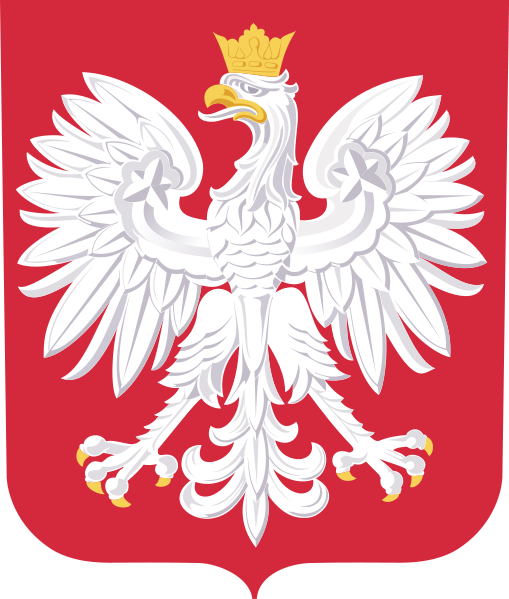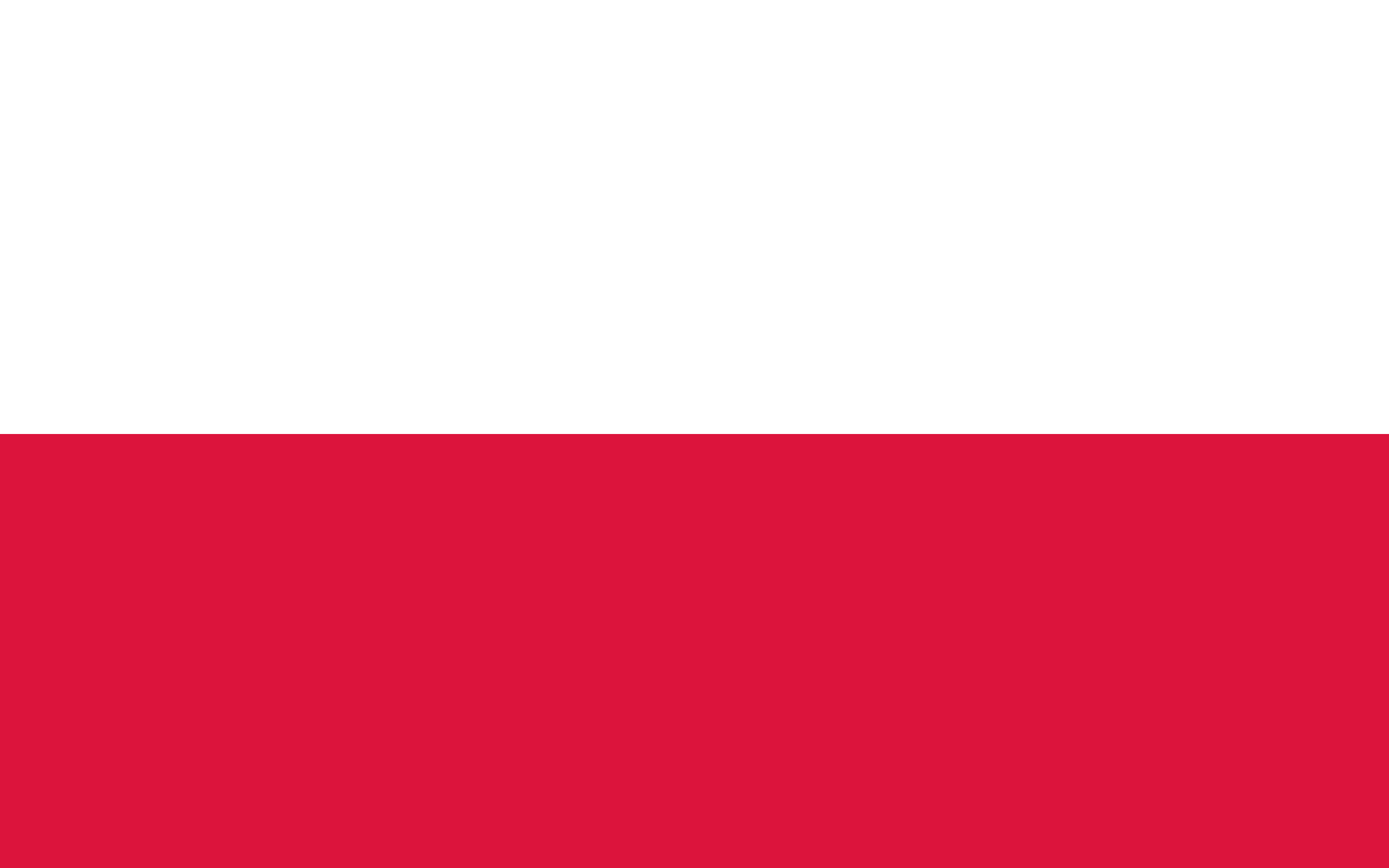Online first
Current issue
Archive
Most cited 2025
About the Journal
Editorial Board
Editorial Office
Copyright and self-archiving policy
Information clause on the processing of personal data
Conflict of interest and informed consent
Declaration of accessibility
Instructions for Authors
Instructions for Reviewers
Contact
Reviewers
2024
2023
2022
2021
2020
2019
2018
2017
2015
2016
2014
2013
Editing and translations
ORIGINAL PAPER
Relationship between job stress and burnout among Korean workers in small and medium-sized enterprises
1
Inha University College of Medicine, Incheon, South Korea
(Department of Occupational and Environmental Medicine)
2
Keimyung University College of Medicine, Daegu, South Korea
(Department of Dentistry)
Online publication date: 2025-11-04
Corresponding author
Shin-Goo Park
Inha University College of Medicine, Department of Occupational and Evironmental Medicine, 100 Inha-ro, Michuhol-gu, 22212, Incheon, South Korea
Inha University College of Medicine, Department of Occupational and Evironmental Medicine, 100 Inha-ro, Michuhol-gu, 22212, Incheon, South Korea
Int J Occup Med Environ Health. 2025;38(5):528-44
HIGHLIGHTS
- Burnout assessed using ICD-11-based Korean Burnout Syndrome Scale.
- High job demand and overall stress are strongly linked to burnout syndrome.
- Each burnout dimension showed distinct links to job stress factors.
KEYWORDS
TOPICS
ABSTRACT
Objectives: Burnout is a work-related syndrome with growing relevance in occupational health. This study explored the association between job
stress factors and burnout in Korean workers at small- and medium-sized enterprises (SMEs). Material and Methods: A total of 1024 employees from SMEs (50–299 workers) receiving outsourced occupational health services completed a cross-sectional survey. Job stress was measured using
the Korean Occupational Stress Scale short form (KOSS), and burnout was assessed with the Korean version Burnout Syndrome Scale (KBOSS), aligned
with International Classification of Diseases, 11th Revision (ICD-11) criteria. Burnout was evaluated across 3 dimensions: exhaustion, cynicism,
and reduced efficacy. Burnout syndrome was defined as meeting all 3 dimensions. Multiple logistic regression analyses were performed to assess
the associations between job stress factors and burnout. Results: Burnout syndrome was found in 3.3% of participants. Key findings with statistical
measures include: 1) burnout syndrome association – high job demand (Q3: OR = 12.62, 95% CI: 2.03–78.41, p < 0.05) and high overall job stress
(Q4: OR = 17.56, 95% CI: 1.40–220.76, p < 0.05); 2) exhaustion predictors – high job demand (Q3: OR = 10.71, 95% CI: 3.64–31.48, p < 0.001), inadequate
compensation (Q4: OR = 2.06, 95% CI: 1.02–4.16, p < 0.05), and poor workplace culture (Q4: OR = 2.63, 95% CI: 1.11–6.24, p < 0.05);
3) paradoxical findings – low job autonomy associated with reduced exhaustion (Q4: OR = 0.23, 95% CI: 0.11–0.48, p < 0.001). Conclusions: Specific job stressors differentially impact burnout dimensions in Korean SMEs: Job demand and overall stress critically predict burnout syndrome, while inadequate compensation and poor workplace culture significantly affect exhaustion. The counterintuitive protective effects of reduced autonomy warrant further investigation. Organizations should prioritize evidence-based workload management and compensation fairness aligned with ICD-11 diagnostic patterns. Int J Occup Med Environ Health. 2025;38(5):528–44
Share
RELATED ARTICLE
We process personal data collected when visiting the website. The function of obtaining information about users and their behavior is carried out by voluntarily entered information in forms and saving cookies in end devices. Data, including cookies, are used to provide services, improve the user experience and to analyze the traffic in accordance with the Privacy policy. Data are also collected and processed by Google Analytics tool (more).
You can change cookies settings in your browser. Restricted use of cookies in the browser configuration may affect some functionalities of the website.
You can change cookies settings in your browser. Restricted use of cookies in the browser configuration may affect some functionalities of the website.




